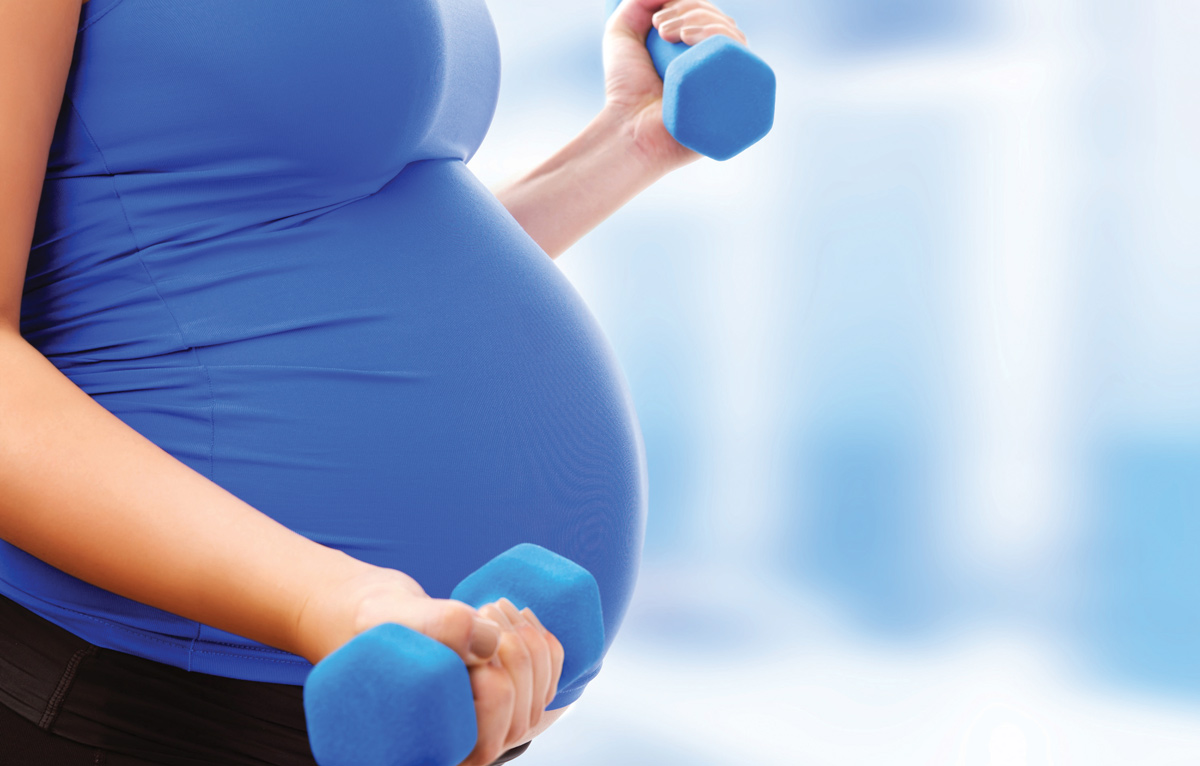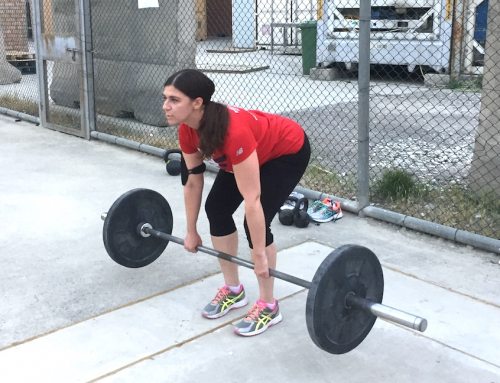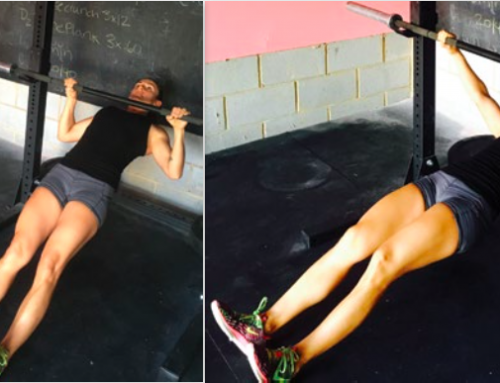By Rachel Kubinski, PT, DPT
Endurance athletes often wonder about the safety of exercise during pregnancy. Are there any unique issues I may face during exercise while pregnant? How do I safely continue training for peak performance during pregnancy? Who should I see if I am having pain or difficulty training? Here are some tips to ease your mind and help you continue training safely.
Exercise Guidelines
The American College of Obstetrics and Gynecology (ACOG) encourages women with uncomplicated pregnancies to achieve at least 20-30 minutes of moderate-intensity exercise most days of the week including aerobic and strength training activities.
Updating Guidelines Specifically For Athletes
An International Olympic Committee expert panel was established in 2015 to review the research and develop exercise guidelines for the high level/elite athlete. The series is being published in the British Journal of Sports Medicine, one of the top journals in sports medicine. So far, only the first four parts are available. Part 1 specifically addresses exercise during pregnancy. During this article I highlight applicable information from Part 1. The other sections are accessible online.
Adjusting For Physiologic Changes in Pregnancy
Some of the most noticeable changes during pregnancy occur within the cardiovascular and respiratory systems. When planning your training intensity and frequency, keep in mind that your resting heart rate, breathing rate, and sensitivity to carbon dioxide all increase to support both the mother and child during pregnancy. Here is what this means for you:
- Get enough nutrition to support your pregnancy and level of training. It is normal to eat more during pregnancy. In the general population an additional 90-466 calories/day, depending on trimester, is required. Energy needs in the pregnant athlete are going to be even higher.
- Directly monitor heart rate during training. Using the Borg Rate of Perceived Exertion Scale (a 15-point scale estimating your perceived exertion) or commonly used “talk test” (if you can talk you are exercising at a moderate intensity level) can underestimate the true heart rate by 11-54 beats per minute in pregnancy.
- Avoid prolonged exercise lying flat on your back. This position may negatively influence blood flow and oxygen delivery to mom and the baby. Instead, consider using props or modifying exercise positions.
- Adjust training environment to avoid raising body core temperature to an unsafe level. If body core temperature exceeds 103°F there may be risks to the developing fetus. Consider exercising indoors during hot and humid weather, training in early morning prior to direct sun exposure, staying properly hydrated, avoiding “hot yoga”, and wearing appropriate clothing that allows for sweating.
- Avoid intense training at high altitudes (>1500-2000m). This environment could result in decreased blood flow and oxygen delivery to the fetus.
Guidelines for Strength and Flexibility Training
- Light to moderate strength training throughout pregnancy is generally considered safe and beneficial.
- Certain lifting mechanics and postures with strenuous lifting may excessively load an already stressed pelvic floor and can contribute to incontinence, pelvic organ prolapse, or pelvic floor dysfunction during or after pregnancy.
- Stretching and flexibility exercises should be gentle. This helps prevent injury because during pregnancy an increase in the hormone relaxin makes pelvic ligaments, tendons, and joints more flexible in preparation for childbirth.
When to Seek Medical Attention
Most of the severe complications and reasons to stop exercise in pregnancy are medical related. Therefore it is important to consult with your physician about any pre-existing or new medical issues that arise during pregnancy such as: pre-pregnancy disordered eating and hormonal concerns, high blood pressure that begins during pregnancy, nausea, vomiting, and fatigue. ACOG recommends to stop your exercise if you experience: vaginal bleeding, painful contractions, shortness of breath before exercise, amniotic fluid leakage, dizziness, headache, chest pain, muscle weakness affecting balance, or calf pain and swelling. Elite athletes need to confirm that any medications or supplements used are not on the list of banned substances.
When to See Your Physical Therapist
Low back pain, pelvic pain, lower extremity pain, swelling, and pelvic floor dysfunction have been identified as common issues during pregnancy. In my experience, these issues are also common in pregnant athletes. Rigorous training combined with hormonal, postural, gait, and mechanical changes potentially contribute to injury. Individualized physical therapy treatment can help manage and reduce these symptoms during pregnancy. Physical therapists that specialize in sports/orthopedics and women’s health are experts in evaluating and treating musculoskeletal conditions and should be considered an essential part of your treatment team during pregnancy.
Rachel Kubinski is a Physical Therapist at ATI PT in Carrboro, NC. She treats women with orthopedic and women’s health issues. She enjoys hiking with her husband and dog Ridley, yoga, and running.







